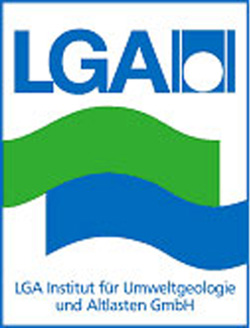Fire Damages
Fire events in residential, commercial or industrial buildings are always associated with pollutant formation. Primarily, air pollutants whose composition and quantity depends on the fire conditions and materials involved in the fire are generated.
Besides carbon dioxide (CO2), carbon monoxide (CO), nitrous gases (NOx), sulfur dioxide (SO2), hydrogen sulfide (H2S), chlorine (Cl2), hydrogen chloride (HCl or hydrochloric acid), hydrogen bromide (HBr), hydrogen cyanide (HCN or hydrocyanic acid), ammonia (NH3) and phosgene (COCl2) can also be generated.

Warehouse after major fire
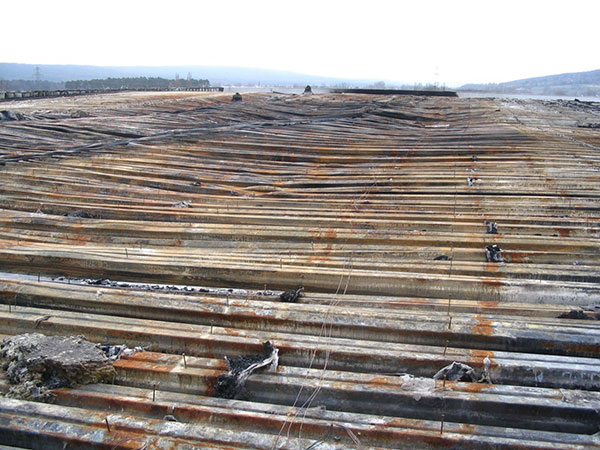
Roof of a burned warehouse
Especially in the presence of plastics, wood preservatives, electrical components and devices, dioxins and furans (polychlorinated dibenzodioxins and furans (PCDD/F) as well as polybrominated dibenzodioxins and furans (PCDD / F)) can occur.
Burning organic materials emit polycyclic aromatic hydrocarbons (PAH). These are attached to the soot particles.
The pollutants can enter the sewage system or seep into the ground in dissolved form with extinguishing water and precipitation. If this is the case they pose a threat to soil and groundwater. Chlorides contained in extinguishing water can attack construction components (in particular concrete).
Besides fire pollutants, construction components or storage materials containing common hazardous substances (e.g. asbestos, artificial mineral fibers (AMF), chemicals) in the building must also be taken into account.
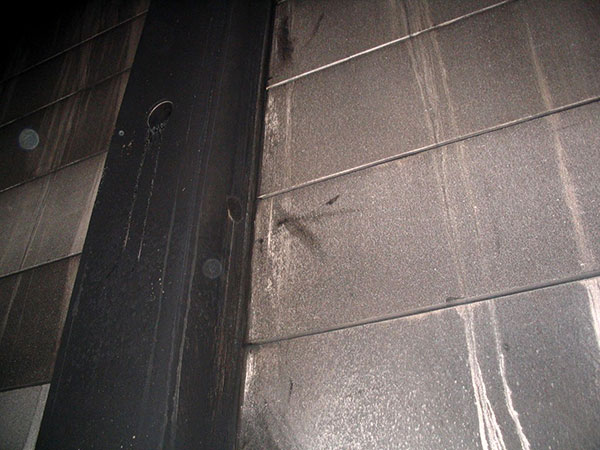
Sooted surfaces in a warehouse
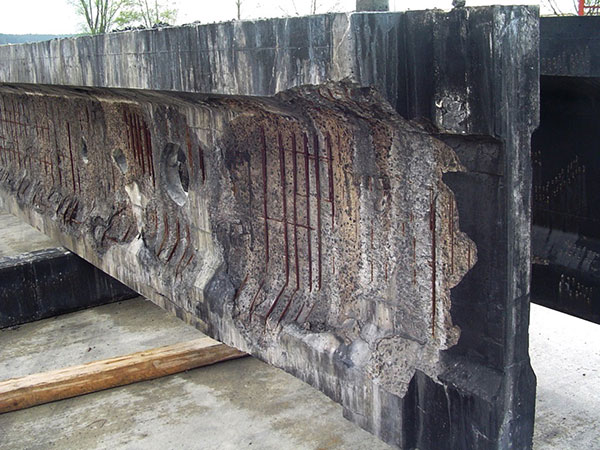
Concrete binder with fire damages
Measures and activities related to fire damage restoration are subject to the VdS guideline 2357. It represents the generally accepted rule of technology. With the exception of small fires, an expert who has the expertise in accordance with DGUV Regulation 101-004 (formerly BGR 128) must therefore be consulted in case of fire damage rehabilitation. The expertise according to DGUV Regulation 101-004 also covers the expertise according to TRGS 524. The rehabilitation companies involved must also have this expertise.
Our services to you include:
- Survey of Building Construction (basis for the further operating steps)
- Technical survey (collection and analysis of material samples)
- Register of hazardous substances
- Remediation concepts
- Work and Safety Plans (A+S-Plans)
- Recycling and disposal concepts
- Bidding documents
- Project management, construction management, construction supervision
The General Association of Hazardous Material Remediation (Gesamtverband Schadstoffsanierung, GVSS) has certified us as “Remediation experts for surveying and planning” for the remediation of buildings and plants impacted with contaminants.
Moreover the LGA-IUA is qualified as “Examination Center for Contaminated Building Materials and Construction Waste” to perform external quality controls and take on tasks as head technical expert.
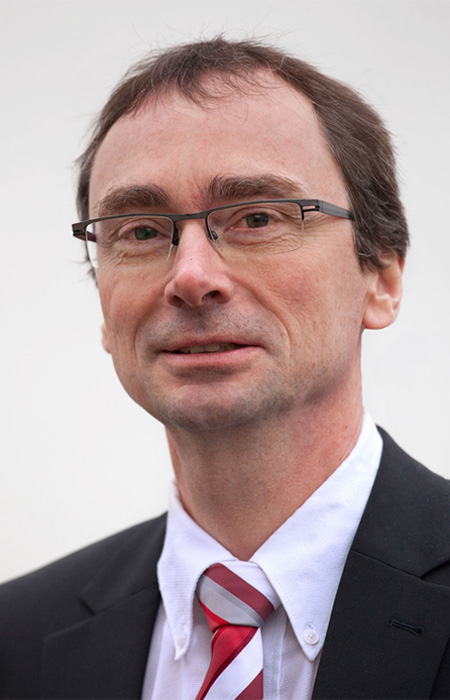
Dr. Jürgen Kisskalt
Managing Director
Diplom Geologist
Phone: +49 911 12076 102
Fax: +49 911 12076 110
Mobile: +49 170 33 20 493
Juergen.Kisskalt@LGA-geo.de
LGA Institut für Umweltgeologie und Altlasten GmbH
Christian-Hessel-Str. 1
D-90427 Nürnberg
Phone: +49 911 12076 100
Telefax: +49 911 12076 110
info@LGA-geo.de
bewerbung@LGA-geo.de
News

Expertise according to DGUV 312-906
“Every year again...” - The expert inspection and...

Recognition as a body for radon measurements in workplaces
Recognition as a body for radon measurements in workplaces...

Experts for safety structures against alpine natural hazards
Experts for safety structures against alpine natural...

Membership in the RAL Quality Association
Membership in the RAL Quality Association...

Impulse Online Edition
LGA Impulse - Online Edition With the current summer...
Older articles
